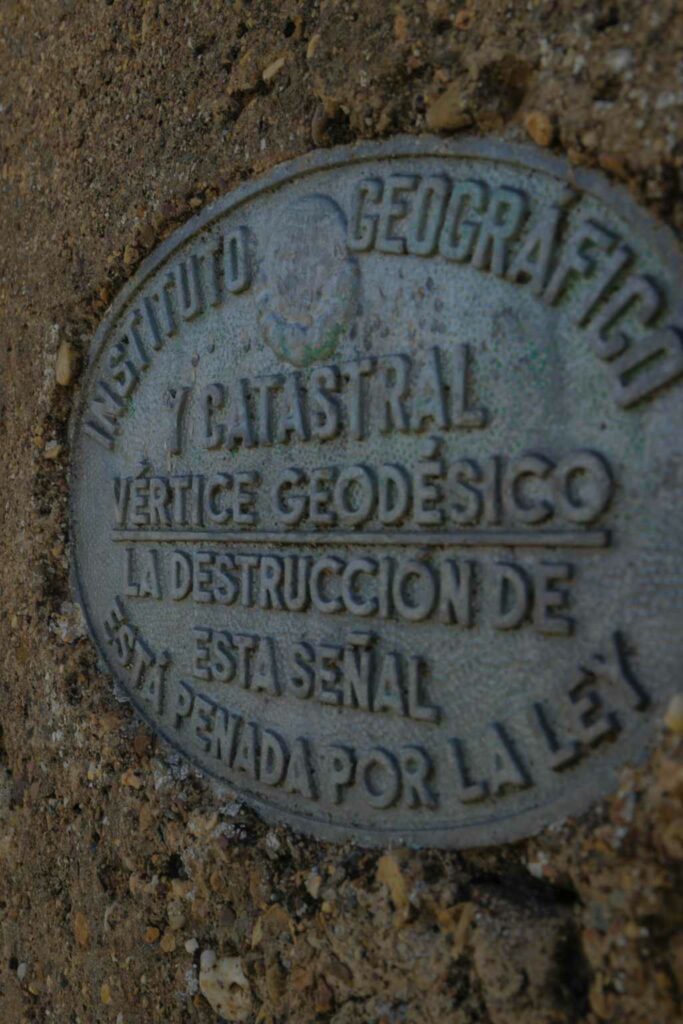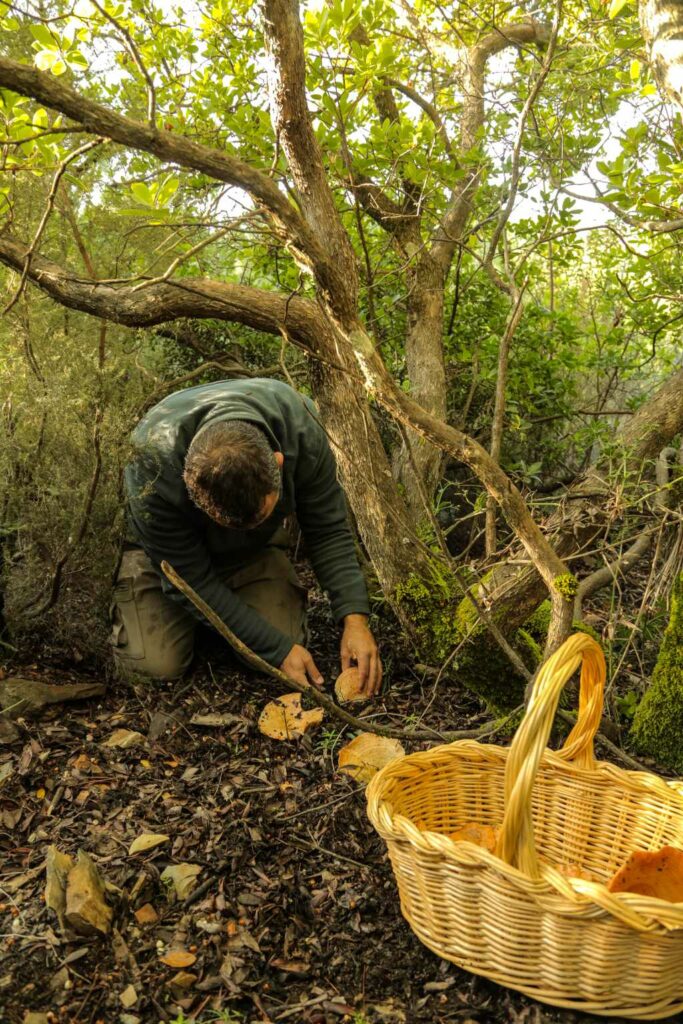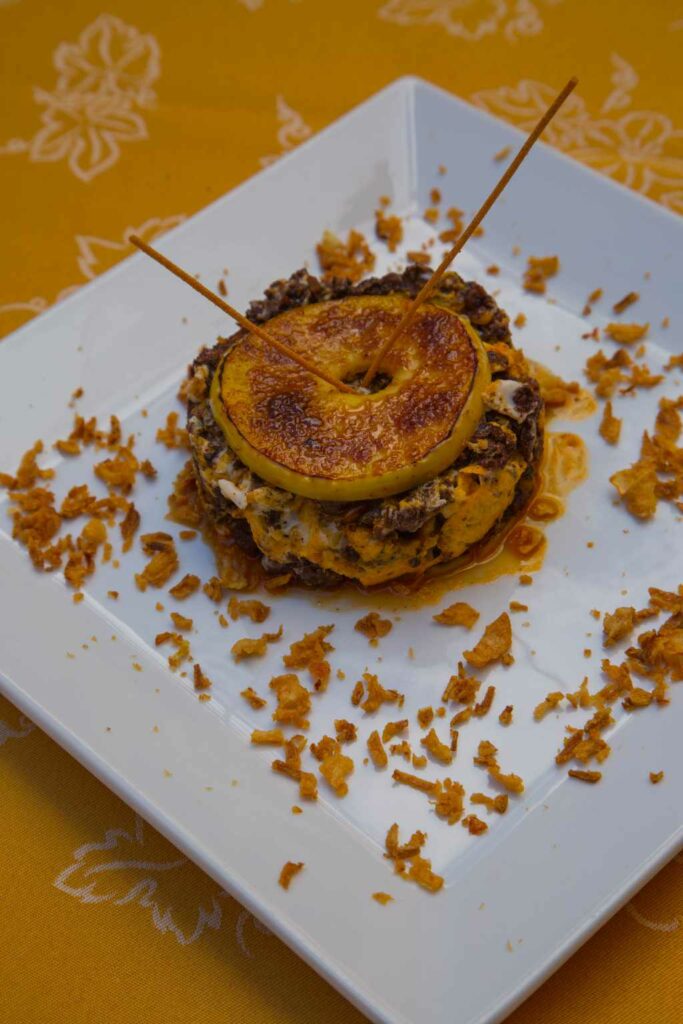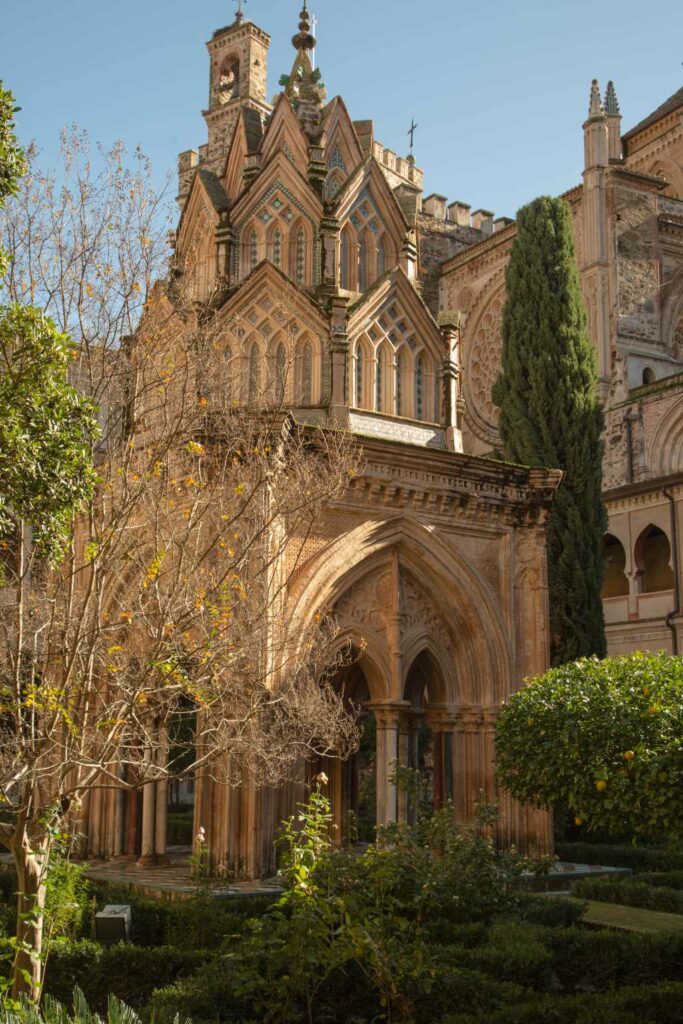Monfrague Road
Un poco de Historia…
Our Camino takes its name from one of the most representative natural spaces of the national geography and emblem of conservation in Extremadura: the Monfragüe National Park (mount fragoso). The natural values of our tour are complemented by an extensive historical, artistic and cultural heritage, dotted by each of the thirteen municipalities that we will cross. A history that is reflected in its many monuments and vestiges: cave paintings in Monfragüe, castles and convents in Belvís de Monroy, historic palaces such as Las Cabezas de Casatejada, churches such as San Blas in Toril (converted into the Interpretation Center of the Biosphere) or historical and artistic ensembles of great relevance such as the medieval city of Plasencia. Founded by the Castilian King Alfonso VIII in 1186, after the reconquest of the territories occupied by the Muslims. Barely two years later, Pope Clement III created the bishopric of Plasencia, which later in the fourteenth century entered into a confrontation with the archbishop of Toledo, in which both fought that the church of Santa María de Guadalupe should be located within their diocese. The conflict was resolved in favor of the archpriest of Toledo, whose diocese would take charge of the sanctuary.
In the 14th century, Guadalupe was already a center of attention for immigrants, pilgrims and merchants, with residence in the town that, little by little, grew next to the sanctuary. Shortly after the death of the great supporter of the monastery, Alfonso XI, the mitre from Placenta Don Sancho took advantage of the situation to try to include the recent religious foundation directly under his jurisdiction. He appeared in Guadalupe with the intention of arresting the prior Toribio Fernández to lock him up and replace him with another that he himself designated. Not finding the prior, he broke the church coffers and took 500 maravedis that belonged to the church.
We also know that King Fernando “El Católico” left Plasencia on his last trip, before he died in the town of Madrigalejo in 1516 when he was on his way to Guadalupe to celebrate a chapter of the Order of Calatrava.
The twelve apostles of Belvís: one of the most representative and significant towns on our pilgrim route and Hispanic evangelization in the New World, is Belvís de Monroy. And it is that history tells that from the convent of San Francisco de Belvís twelve missionaries left in 1523 for the new conquered lands, sowing their devotion to the Virgin of Guadalupe in the new continent.
Guadeloupe Tourist Office
Plaza Santa María de Guadalupe, 10140 · Guadalupe
Tel: 927 154 128
oficinadeturismo@ayuntamientodeguadalupe.es



